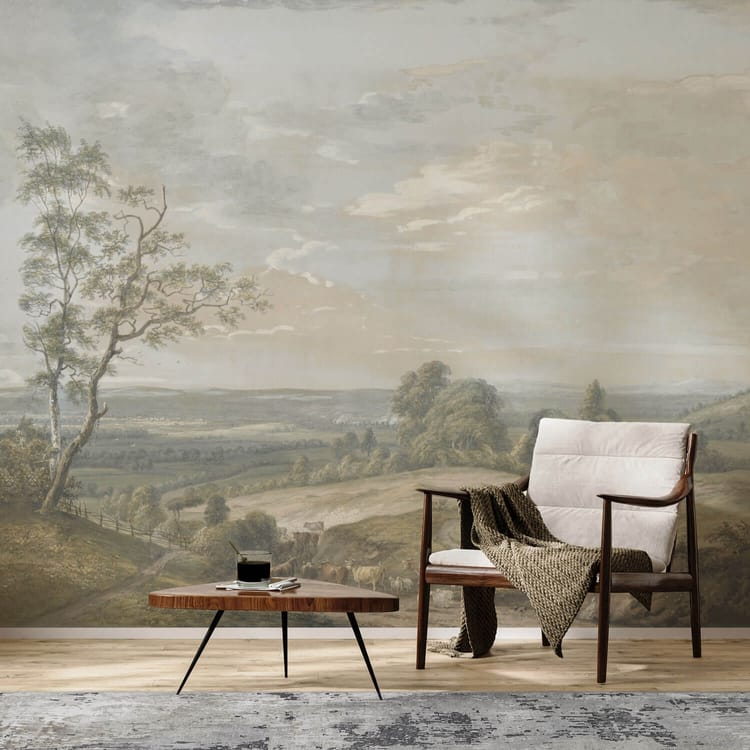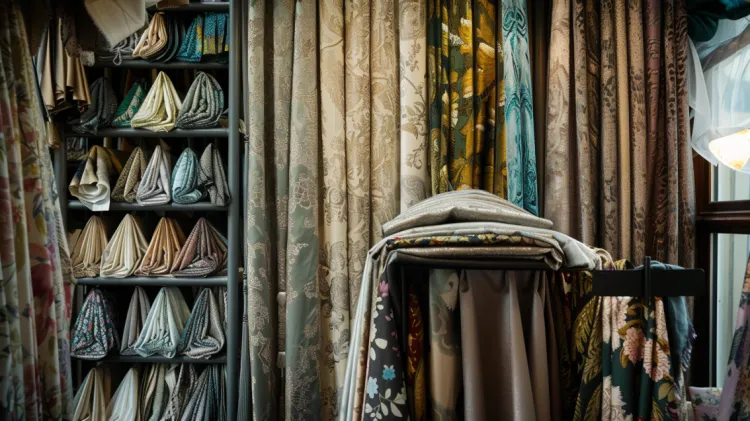How to Use Custom Price Calculator

It can seem difficult to get custom pricing for your online store. Luckily, with Custom Price Calculator, you can get started literally in minutes.
Don't believe us? Watch this walkthrough, then follow along.
Getting started with Custom Price Calculator
There are really unlimited use cases for this app, and we created it to solve our own problems with a limited variance that Shopify allows you to create. Today, I'm just going to go give you a quick walkthrough of the app and some very basic use cases so you can get familiar with how to use it, how it works, and how to make it beneficial for your Shopify store.
So, as you can see, I have this Shopify store where I sell wallpaper. What I want to build today essentially is a calculator to calculate the price of the wallpaper based on the specific user requirements of my shopper, such as color, length, and width. So essentially based on the square feet, I will charge customers different prices and let's just go right into it.
Step 1: General calculator setup
So here's the Shopify admin panel. I'll go to custom price calculator, and there's a few ways to start off. You can either create new by from here, clicking the name you might want to use and click Create New. You can look at the different templates that we have. You can start from that or you can see all your calculators and create new, and that's what we'll do today. So to start off, the first thing I want my users to do is tell me the color.
Step 2: Building the calculator
So I will actually use the image selector for this and we have to name it. And then let's just start adding a few colors here. We'll have red, we'll have green, blue, and a dark blue, and then you'll see the value that we're going to use in the formula.
So essentially in our case, this will be the price per square foot. So it'll put a 1, 2, 3, 4. We'll give our calculator a name, wallpaper demo, and our formula just to start off with, and we'll add onto it. We'll just put in the name of our elements, and here we named it color. So we'll just put in color, it auto-fills it, and then we can also have a minimum price.
So if I don't want anything to sell for under $10, let's say I would put $10 here or $15 or whatever we want that to be. You can have the label, which is how it'll show in the prefix. If you want euros, you want British Pounds, put whatever prefix or suffix you want here based on what currency you're selling in.
Cool I'll show you. If I go click preview, I'll see right now it's 10 because that's my minimum price, but I can also enable swatches and then it will actually show me the color ranges I showed. And as you can see, nothing is changing because every option here is under the minimum value of 10 that we set. Next, I want my shopper to insert two other inputs. One will be length, and we don't want to use any decimals. And the minimum will be, let's say one foot.
We can actually put "feet" in here so they know what to do. And then there's a bunch of other value options here, but the most basic use of the is tool is typically tell the user to please insert the length of the wall. And then the next element that we will go to and create is another one for width.
We'll also do this in feet. It could be anything though, could be meters, etc. And we also want to say the maximum value that we can support is 500 feet, noted with a tool tip. We'll just put in, please insert the width of the wall and let's put the same in feet. And now let's update our calculator.
Step 3: Formulating the formula
What we want is to get the square feet, which is length times width. And then we also want to get times the price per square foot based on the color, which will be times color. So we'll do this color times length, times width, and then everything else looks good here.
So let's save this calculator first of all, just to make sure we don't lose our progress.
Step 4: Connecting to products
Now we can go select the products we want. I only have one active product here. It's wallpaper. So I can select that, I can delete it, I can view it, and then I'll save again just to make sure it's embedded.
And then if I go back to my Shopify store and I refresh this page, you can now see that I actually have this automatically show up and I'll just test it out a bit. It looks like it's working, everything's working as expected.
Switch things around to change of the price and it looks good. It retains all the information, the price, the color, the custom inputs into the cart. And this will also be in the order once it's placed.
So you can use this to fulfill the order and have that as a reference for later. We have a bunch of other options here that make things a bit more advanced that I will not get into, but you can have custom css if you want things to look specific or move elements around. You can use custom JavaScript also.
Step 5: Brand your calculator
You can customize your custom price calculator to match the look and feel of your store. So I can select what the background will be. If you want to be black, red text, etc., and then save it. And then if I go back to my product, you'll see it is updated.
Again, there are many, many use cases to this app and I hope that you find it helpful for your store to both grow your store and be more successful online.
So please let us know if you need any help in getting started. We are always happy to support.



